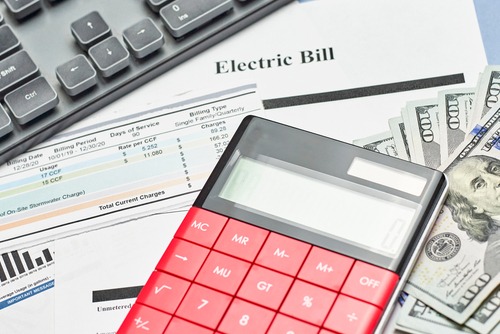Arrearages reach $19.5B for residential utility consumers

Utility consumer debt reached $19.5 billion by the end of March 2023, up $2 billion from just two months prior.
According to a report by the National Energy Assistance Directors Association, the amount consumers owe their utility providers was $17.5 billion at the end of January. By the end of March, nearly one out of every six nationwide, or about 19.6 million households, were behind on their electric bill. The report found that the average family owes $653 on their electric bill at the end of March, up from $530 at the end of 2021. The average arrearage on natural gas bills was $453 at the end of March 2023, up from $313 at the end of 2-21.
The increase in the cost of basic goods, including energy, has place millions of low income families in precarious positions of having to choose to pay their home energy bills, or to pay for other essentials like food, rent and medicine. According to the 2022 Household Economics and Decision Making survey, self-reported financial well-being fell sharply last year and was among the lowest observed since 2016.
Data from NEADA indicated that 14.9 percent of households are in arrears for their electric bill, while 20 percent, an estimated 16.1 million households, are in arrears on their natural gas bill. In comparison, only 17.9 percent were behind on their electric bills in March 2022, with an average arrearage of $572, while 13.1 percent were behind on natural gas bills, with an average arrearage of $413.
Now that winter utility disconnection moratoriums have expires, families are at risk of shut-off, officials said, if they are not able to pay their utility bills. In 2022, 4.2 million households had their power shut off, a report from the Center for Biological Diversity showed.
Home heating prices have increased by 9.7 percent, an increase of 27.8 percent over the cost of home heating two years ago.
